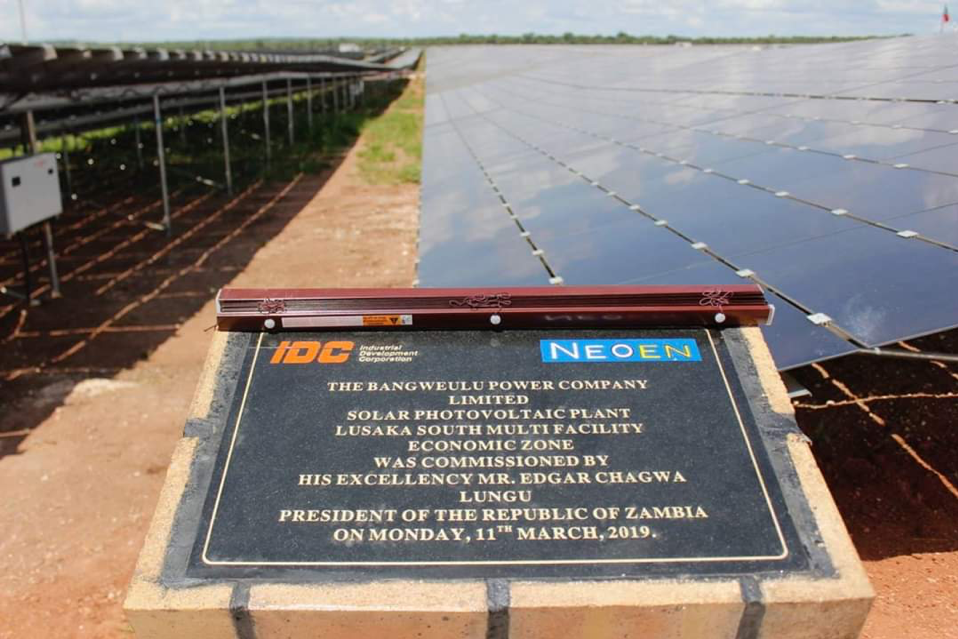This post was written by Sam Alden ’20. Connect with Sam on LinkedIn.
In the rapidly changing automotive industry, one thing seems certain: the future is electric. From a record number of Super Bowl ads, to Ford’s new charging infrastructure, to Tesla stock surging following the opening of another Gigafactory, firms are jockeying to take advantage of the burgeoning market for electric vehicles (EVs). While this seems like cause for celebration after years of trying to gain traction, EVs are simply the first step in dealing with the larger issues plaguing the auto industry and the future of mobility. Admittedly, it’s a positive step — much like hybrids were an incremental gain on the combustion engine — but larger industry disruption is on the horizon.

Photo, Forbes: The future of autos will soon be defined by ACES trends (autonomous, connected, electric, shared).
Recent excitement and inertia can be traced to rapid advancements in battery technology, an expanding network of charging stations with increased speed, and the success of niche player Tesla. While both battery range and cost have been historically prohibitive, tech advancements have led to an 87% decrease in cost over the past decade while simultaneously increasing their range, as found by a recent report by Bloomberg New Energy Finance (BNEF). It is expected that these advancements will put the cost of an EV level with its gasoline-powered counterpart by 2022, which many experts consider “the point of liftoff” (Deloitte). Automakers are jumping on this, with Ford announcing the construction of North America’s largest EV charging network, “helping customers confidently switch to an all-electric lifestyle”…before they even have a single fully-electric vehicle on the market (Ford). Why? As Ford’s sales decline, Tesla delivered 367,500 EVs in 2019: up an astounding 50% from the previous year (CNN).
So, what’s the problem?
While EVs eliminate tailpipe emissions, they are only as clean as the source of electricity that powers them. Renewables account for a mere 17% of total electricity usage in the US, making the shift to EVs not quite as clean of a solution as it initially appears (C2ES). Further, as demand for EVs rises sharply over the coming years, the demand for electricity to power them will follow suit, increasing the strain on America’s antiquated energy infrastructure (which recently received a D+ rating by the American Society of Civil Engineers). The future of the auto industry and its push for electrification rests on the ability of the nation’s electricity grid to keep pace with growth. Given recent failures in California, the risk to the industry is already on display. But maybe this type of issue is just the impetus that the renewable energy sector needs to achieve liftoff of its own.
What is abundantly clear is that a transition to EVs ignores the larger issues facing mobility. Rapid urbanization, gridlocked city centers, and the rising costs of owning a car in these areas are the main drivers of change. The emergence of services like Uber, ZipCar, and Waymo One have meant that consumers can increasingly rely on a combination of public transportation and ride sharing services instead of owning a car at all. In fact, it is estimated that US auto sales will decline a staggering 40% by 2040, which paints a pretty stark picture for the auto industry and the need for change (McKinsey). EVs do not provide a solution to these broader issues.
The intent of this post is not to pour cold water on the enthusiasm surrounding the undoubted progress being made by the auto industry. In fact, investment and innovation are both at all-time highs. Rather, it is to make a broader case for sustainability: one that is both strategic and long-term. Yes, the future appears to be electric, but it is also shared, autonomous, and data-driven. Consumers seem to be ready for this transition, but critical infrastructure must be too. As Auto 2.0 enters a make or break period, the industry must get key strategic decisions “right” in order to stay relevant. Firms are starting to realize that their best chance of doing so is by breaking down traditional rivalries and moving forward together. Here’s to hoping that electric vehicles are just the first step.
Sources





 I
I
 This article was written by
This article was written by 
 The Summit was sponsored by the
The Summit was sponsored by the  Tidal Energy Company Atlantis is the largest of its kind in Europe. And right now it is focusing on completing a four phased MeyGen Tidal Energy Project in coasts of Scotland. The project is one of a kind Multi Turbine Tidal Energy field that will be powering nearly 175,000 Scotland houses after its completion. Right now the project is in the first phase of its development but it has already received a funding of €37 million from EU for its second phase.
Tidal Energy Company Atlantis is the largest of its kind in Europe. And right now it is focusing on completing a four phased MeyGen Tidal Energy Project in coasts of Scotland. The project is one of a kind Multi Turbine Tidal Energy field that will be powering nearly 175,000 Scotland houses after its completion. Right now the project is in the first phase of its development but it has already received a funding of €37 million from EU for its second phase.